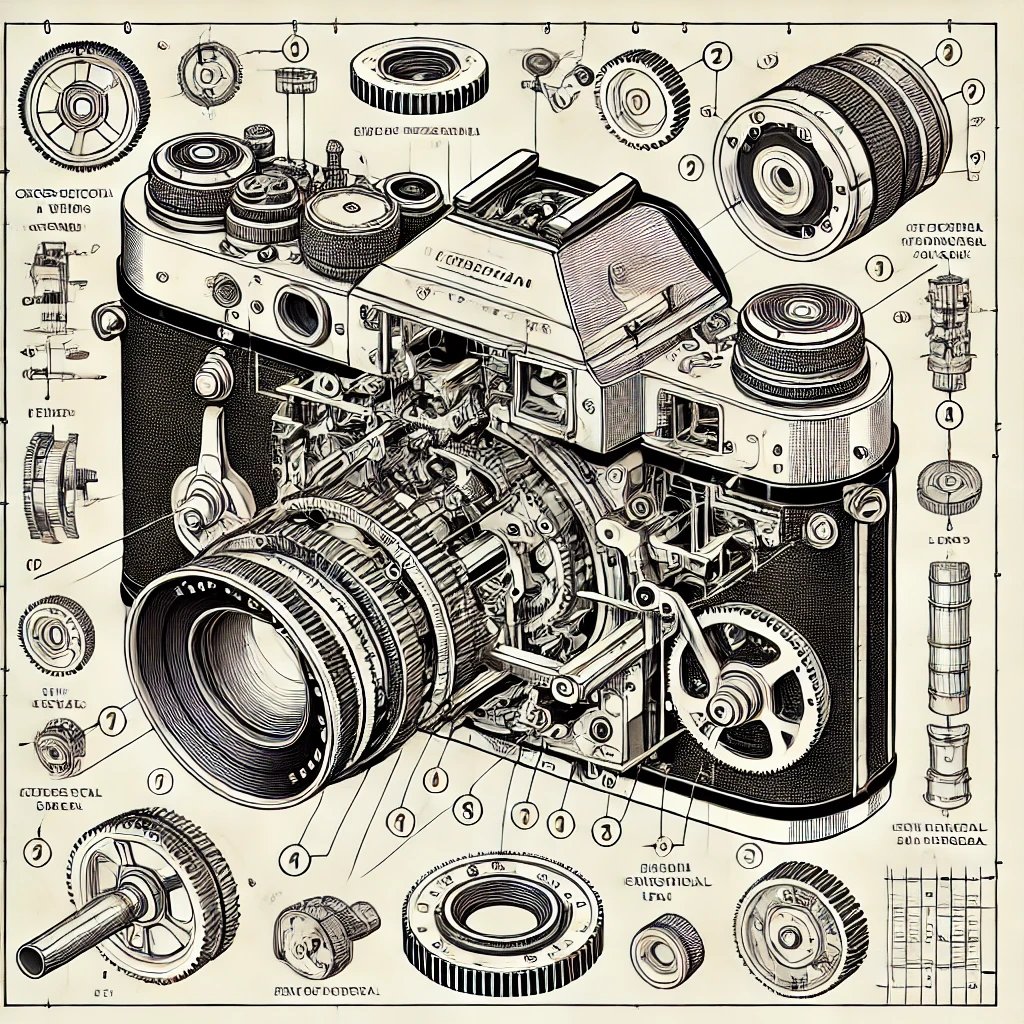Dyslexia: Seeing the World Differently, Not Just Letters
Dyslexia: Seeing the World Differently, Not Just Letters
Dyslexia is a learning difference that affects millions of people worldwide, yet it remains widely misunderstood. Many associate dyslexia solely with difficulties in reading, mixing up letters, or struggling with spelling. However, dyslexia is much more than that. Individuals with dyslexia process, interpret, and understand information differently from others. While this can present challenges in traditional learning environments, it also fosters strengths in creativity, problem-solving, and innovative thinking.
Unfortunately, most education systems fail to recognize and accommodate these unique learning styles. Instead of adapting to the needs of dyslexic individuals, they expect those with dyslexia to conform to rigid learning structures. But this raises a fundamental question: Who is the education system really for?
Who Should Adapt—Students or the Education System?
Traditional education models emphasize reading speed, writing accuracy, and rote memorization. Students are evaluated primarily through written exams, and success is often measured by their ability to read and write fluently. This rigid structure creates significant obstacles for dyslexic students, who may struggle with long passages, timed tests, or conventional spelling and grammar rules.
Dyslexic learners often benefit from alternative methods, such as:
- Visual and auditory learning – Instead of relying solely on written text, videos, infographics, and audiobooks can be more effective.
- Hands-on, experiential learning – Practical, interactive lessons help dyslexic students engage with material in meaningful ways.
- Creative problem-solving approaches – Their ability to think outside the box often makes them excellent innovators in fields like art, science, and technology.
Despite these strengths, most educational institutions remain heavily text-based and rely on memorization-heavy teaching methods. This forces dyslexic students to adapt to an outdated system rather than encouraging the system to accommodate diverse learning needs. Education should be inclusive and adaptive, providing flexible pathways for all students to succeed.
Dyslexia Is Not a Disability—It’s a Strength
Dyslexia is often perceived as a disability, but history has shown that it can be a powerful asset. Some of the most brilliant minds in history had dyslexia, including:
- Albert Einstein, who struggled with reading as a child but revolutionized modern physics.
- Leonardo da Vinci, who wrote in reverse and saw the world through a unique lens.
- Agatha Christie, one of the best-selling authors in history, despite struggling with spelling.
- Steve Jobs, whose non-traditional learning style helped him create groundbreaking technological innovations.
These figures prove that dyslexia is not a limitation—it is simply a different way of thinking. When supported with the right tools and learning strategies, dyslexic individuals can excel in various fields.
Building a Dyslexia-Friendly Education System
A more inclusive education system is possible, but significant changes must be made:
- Training Teachers About Dyslexia – Educators should receive training to recognize dyslexia and implement effective teaching strategies.
- Expanding Learning Materials – Schools should integrate visual, auditory, and interactive learning tools alongside traditional textbooks.
- Adopting Alternative Assessments – Instead of solely relying on written exams, students should be evaluated through oral presentations, projects, and hands-on demonstrations.
- Leveraging Technology – AI-powered reading tools, speech-to-text software, and dyslexia-friendly apps can make learning more accessible.
- Raising Public Awareness – Greater awareness about dyslexia can help reduce stigma and create a more supportive environment for dyslexic individuals.
If the education system evolves to embrace different learning styles, dyslexic individuals will no longer be at a disadvantage. Instead, they will be empowered to reach their full potential.
Conclusion: Embracing Diversity in Learning
Dyslexia is not just about seeing letters differently—it’s about seeing the world differently. And when this difference is nurtured, it can lead to extraordinary achievements. The education system must acknowledge this reality and embrace diverse learning styles. Every individual, dyslexic or not, deserves the opportunity to thrive in an environment that recognizes and nurtures their strengths.
True success in education comes from ensuring equal opportunities for all—because an inclusive learning environment benefits everyone.
#DyslexiaFriendlyEducation #EqualEducation #EmbraceNeurodiversity #DyslexiaIsAStrength
References
- Shaywitz, S. (2003). Overcoming Dyslexia: A New and Complete Science-Based Program for Reading Problems at Any Level. Knopf.
- Eide, B. & Eide, F. (2011). The Dyslexic Advantage: Unlocking the Hidden Potential of the Dyslexic Brain. Plume.
- Wolf, M. (2007). Proust and the Squid: The Story and Science of the Reading Brain. Harper Perennial.
- International Dyslexia Association (IDA). (2024). Dyslexia Basics. Retrieved from https://dyslexiaida.org
- British Dyslexia Association (BDA). (2024). What is Dyslexia? Retrieved from https://www.bdadyslexia.org.uk
- World Health Organization (WHO). (2023). Neurodiversity and Learning Disabilities. Retrieved from https://www.who.int
- Snowling, M. & Hulme, C. (2021). The Science of Reading: A Handbook. Wiley-Blackwell.
- National Institute of Child Health and Human Development (NICHD). (2022). Dyslexia Research and Findings. Retrieved from https://www.nichd.nih.gov




Yorumlar
Yorum Gönder